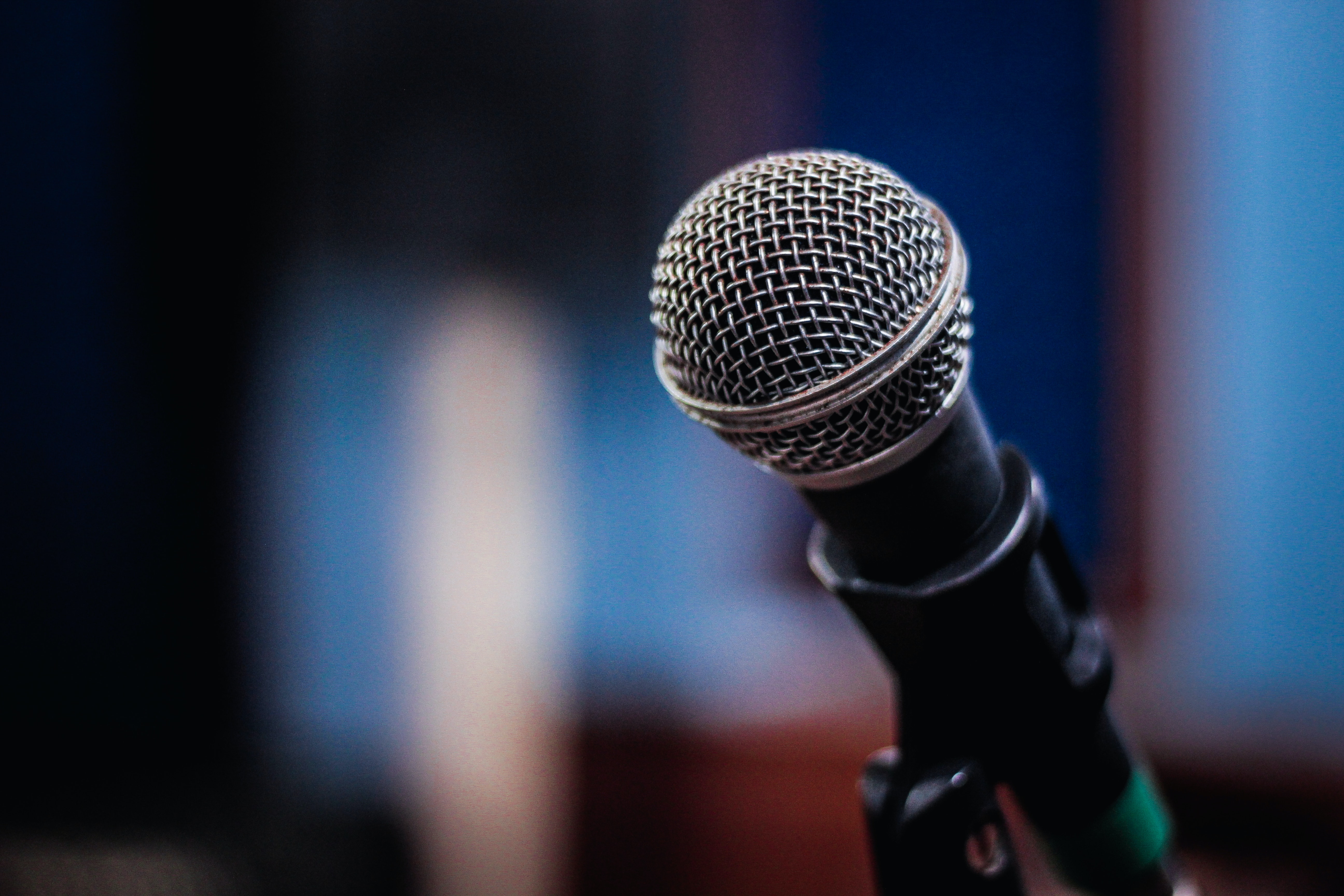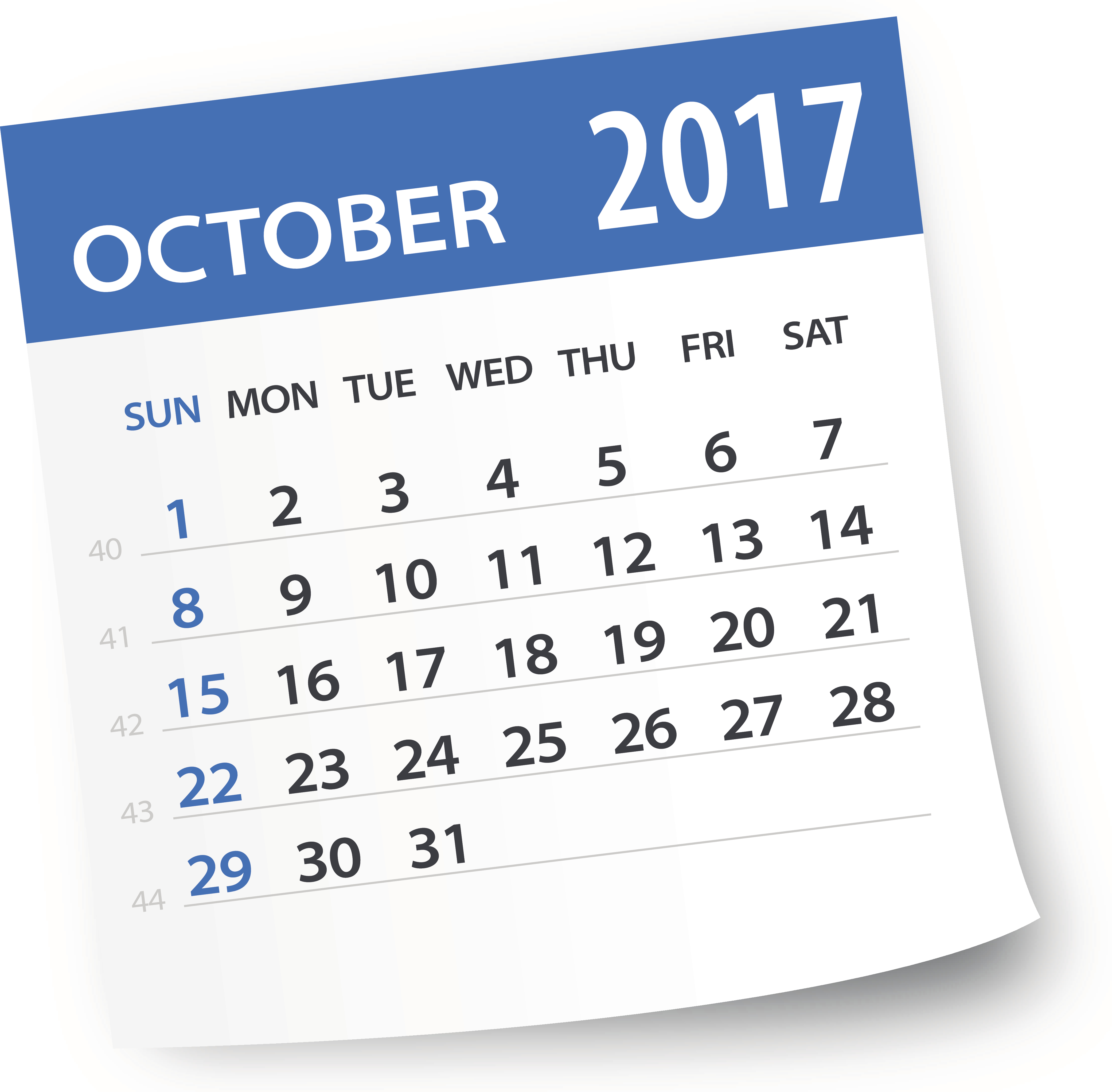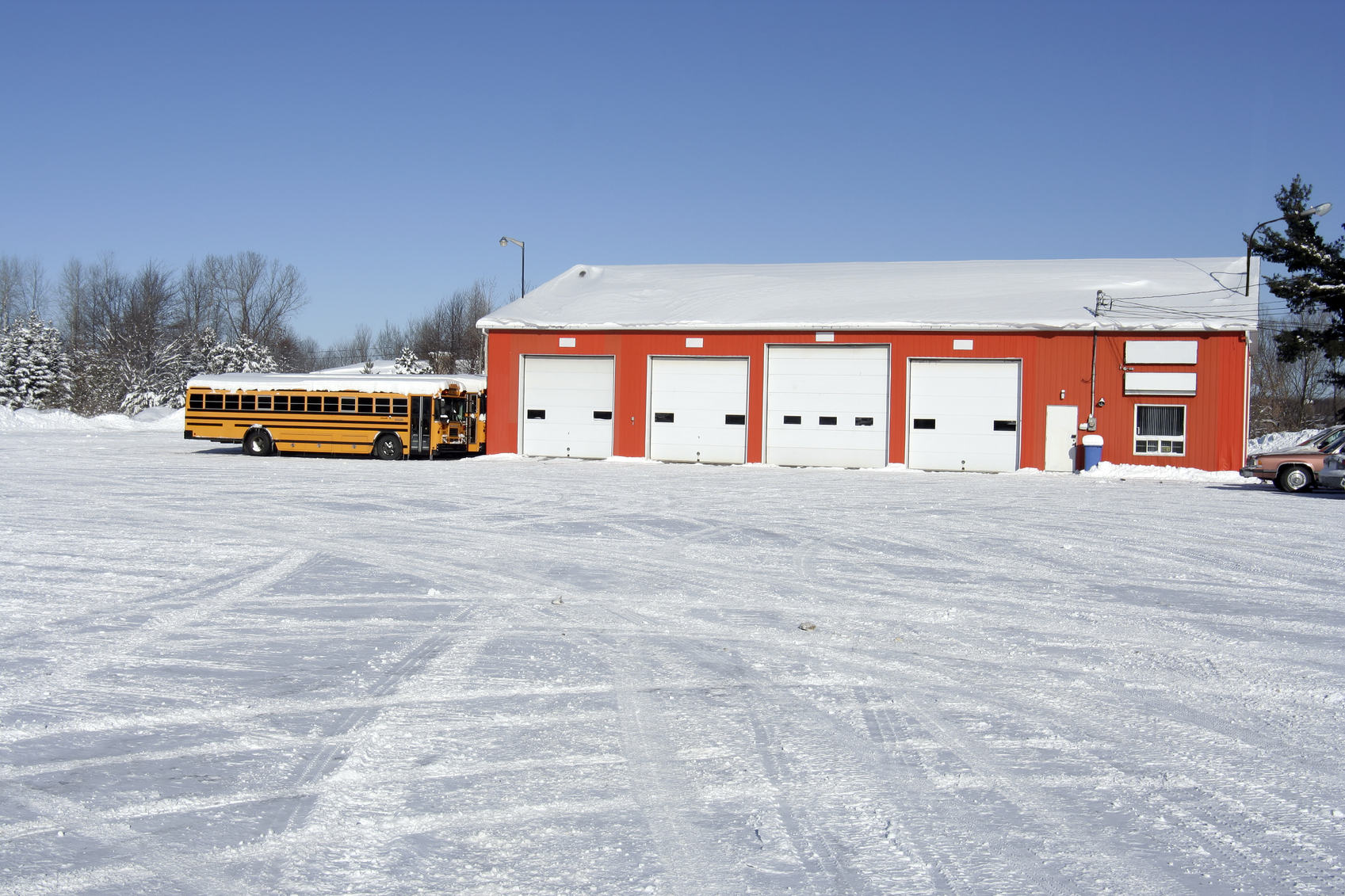After the long, dark, and cold winter, we yearn for spring. We look forward to warmth, flowers, birdsong, and spending time outdoors. We also look forward to the opportunity to spring clean our homes, workspaces, and classrooms. What better time to get rid of clutter and lighten up? It would be a much easier task if it were one we kept up with throughout the year, but most of us find that difficult to do.
While for some of us messiness may be a routine annoyance, for employees with organizational difficulties as a result of attention deficit/hyperactivity disorder (ADHD), cognitive issues and/or fatigue due to cancer treatments, fibromyalgia, brain injury, multiple sclerosis (MS), or other impairments, creating and maintaining order may be especially challenging.
For those of you who work from home, you may find it even more difficult to keep up with the clutter in your work space. Maybe the fact that you don’t have co-workers who can see your mess makes it easier to let it go and let it grow! There is also the chance at home that items not belonging in your office have an easier time migrating there.
Regardless of whether you work in a classroom, an office, a cubicle, or a home office, reducing the disarray in your workspace may very well increase your sense of professionalism and productivity. Look to the following tips for help in organizing your workspace and reducing your clutter to a more manageable level.
- Don’t become overwhelmed when you look at the area about to be cleaned. Take heart! Be brave!
- Start from one side of the room, area, or desk and move in a path to the opposite side.
- Remove rarely used tools and gadgets from your desk top and drawers. Place them in a storage area that is convenient for when you do need them. Label areas for easy retrieval.
- Do you have books that you rarely use? Remove those to storage as well. If you haven’t used a particular book within the last 60-90 days, it is probably not something you need to have at your fingertips.
- If you are a collector of whatnots and trinkets, consider limiting the number you display on your desk at a time. Put the others into storage and plan to rotate them in and out for a fresh new look.
- If you have extra furniture in your space that is not needed, consider removing it. It may create more surface area that allows you to collect even more clutter.
- Think about hanging photos of your family, sports teams, etc., on the walls instead of having them take up desk space.
- If you have a mountain of paperwork, go through it with only three categories in mind: things to act on, things to file, and things to toss.
- Color-code files to help identify them with ease.
- Invest in stackable bins or trays for papers. Label them.
- Use a bulletin or magnetic board to keep often-used items, schedules, or policies / procedures within eyesight. If you are a person who likes to collect photos, cards, or whatever, consider having one board for work use and one for personal use.
- Have a trash can handy while opening mail. Toss absolutely everything that does not need to be responded to or remembered.
- If your office recycles paper, have a tray handy for that. Take to the larger recycling area at least weekly.
- Arrange the items on your desk and in your office according to how you use them. Your desk and surrounding office / cubicle space may look different if you are left-handed, for example.
- Having an efficient usable workspace isn’t about it looking good, it’s more about the space being functional for you and your needs in your particular job.
- Try to reserve 10 minutes at the end of each day to put things away, clear off your workspace, and prepare for the next day.
You can take charge and control your clutter by not allowing it to accumulate. Then when spring rolls around, you may be able to spend more time enjoying the flowers, the birds, and the outdoors!











